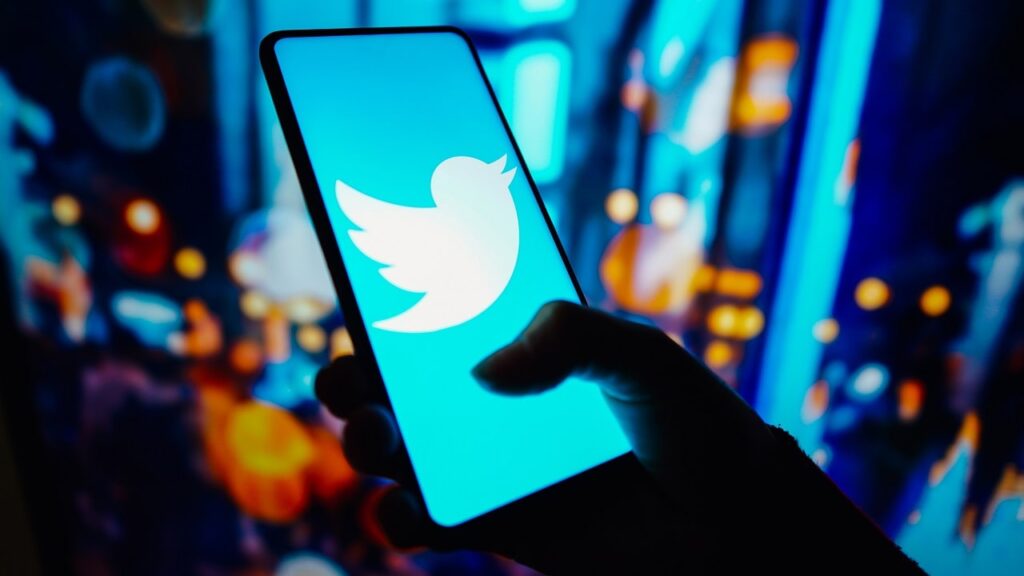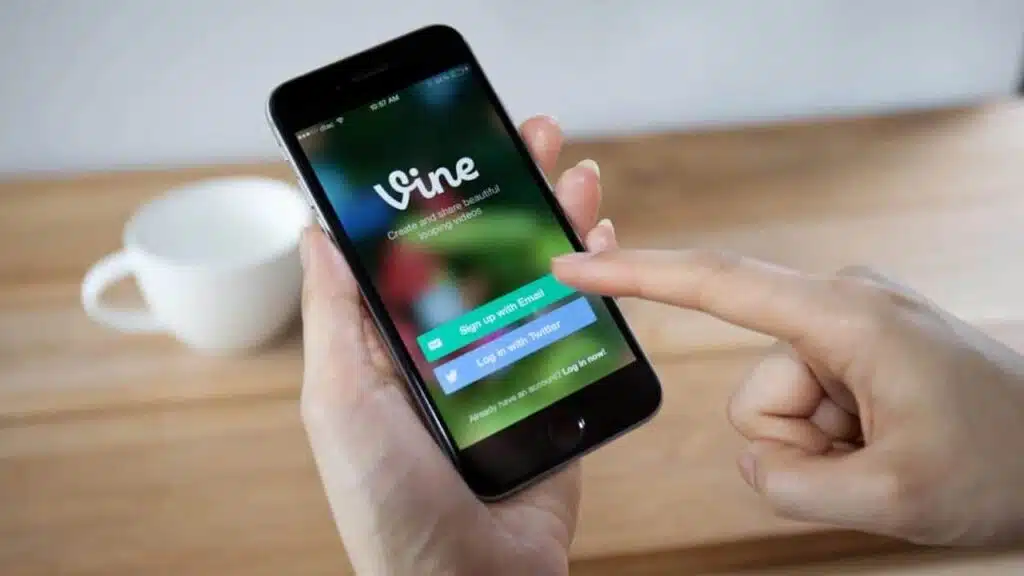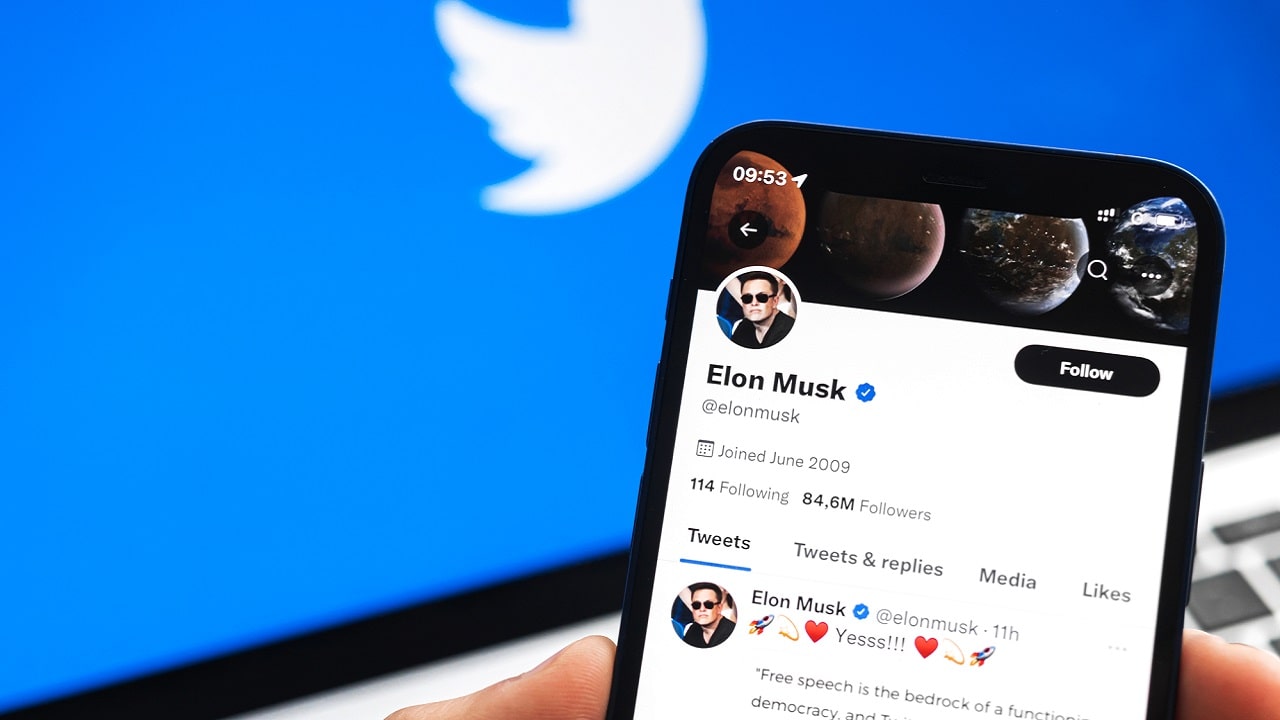Elon Musk he dusted off Periscopetesting the old streaming app of Twitter in a short video on the platform. The service, now disused, could come back once updated for higher quality streaming. But the question remains: if Periscope didn’t work in the past, could it succeed under Musk’s new management?
Elon Musk rediscovers Periscope, Twitter’s video platform
On Wednesday, Musk launched a short live broadcast on Twitterusing the technology of Periscope that Twitter had abandoned in 2021. The live video streaming platform, which had attracted great interest when it was acquired by Twitter in March 2015, even before its official launch. An interesting moment for the social video market: consider that Periscope started testing in 2014, when TikTok was also born.
However, iThe success didn’t last long and Twitter decided to shut down the service last year, due to reduced users and increased costs. The standalone app had already closed it at the end of 2020.

In his Periscope experiment, Musk notes that the video is “quite low definition“, and someone (probably a Twitter programmer) replies that “they haven’t updated it for about eight years”.
“This is the 2015 Periscope code,” Musk says. “It basically works.“
A novelty that comes from the past
The test seems to have been born from the desire to relaunch this service within Twitter, focusing on the fact that users want to express themselves with videos also on the social network purchased by Musk.

“We just need to test the live video feature to see if it fits and if we can make any changes,” comments the CEO. “Just need to improve the resolution.Musk spends much of the video complaining about hearts appearing on screen during the live stream from followers, even though the hearts aren’t visible in the reruns.
How Periscope works, which Elon Musk wants to report on Twitter
Musk had already expressed his opinion on the two Twitter video apps, Periscope e Vinearguing that some versions of both apps are “inevitable” in social’s future — while technically part of its past.
Periscope was a social network that allowed you to broadcast live video streaming from your smartphone. Something that was not yet the norm when Twitter launched it in 2015, after having bought it for about 100 million dollars. Periscope has had a great success among users, who use it to share moments of daily life, sporting events, concerts, but also to document news, politics and current events. Which are common today especially on Instagram, which however only launched the feature in 2016, after Periscope.
Vine, on the other hand, was a social network that allowed users to create e share short six-second videos. It arrived in 2013, launched by three American developers and acquired by Twitter later that year. Vine has been a huge hit with young people and spawned a new generation of influencers and comedians. Gen Z may not remember it, but for a short time he was a real ante-litteram TikTok. However, in 2016, Twitter has announced the closure of Vine due to competition from other platforms such as Instagram e Snapchat. Vine remained online as an archive until 2019 when it was replaced by Byte, a similar app created by the same founders of Vine. Who then sold Byte to Clash in 2021, a TikTok clone app.

In short, for a certain period Twitter had a social network in its hands it was forerunner of TikTok and another that it preceded the success of Live on Instagram and live on Twitch. But as always, the big idea is not enough: you need the execution. And you need the right creators to enrich the platform.
Will Twitter videos be successful?
Musk thinks these two platforms (or at least Periscope) they may be successful tomorrow, while falling into oblivion yesterday. It is unclear whether there are any studies indicating the possible success of this relaunch or if it is just an intuition of the CEO.
What is certain is that Musk needs a hit on Twitter. The paid blue ticks have caused discussion, but for the moment they don’t seem to have made much turnover. For this reason he has proposed to the publishers of charge for items individually on the platform, yet another attempt to monetize in an alternative way. At present, however, 90% of Twitter’s revenue comes from advertising. Which in turn, depends on the number of users on the platform.
Perhaps Periscope will be able to bring new eyes to the social network and allow for an increase in sales of advertising space on the platform: perhaps the big news that Twitter was waiting for comes from the past. Or maybe Periscope will close even faster of the first time.















Leave a Reply
View Comments